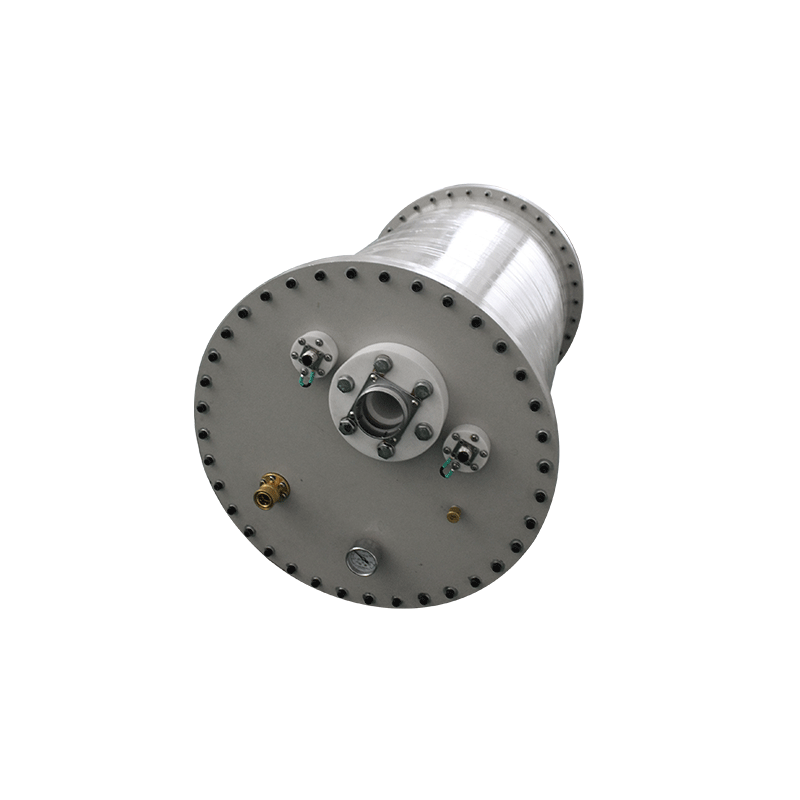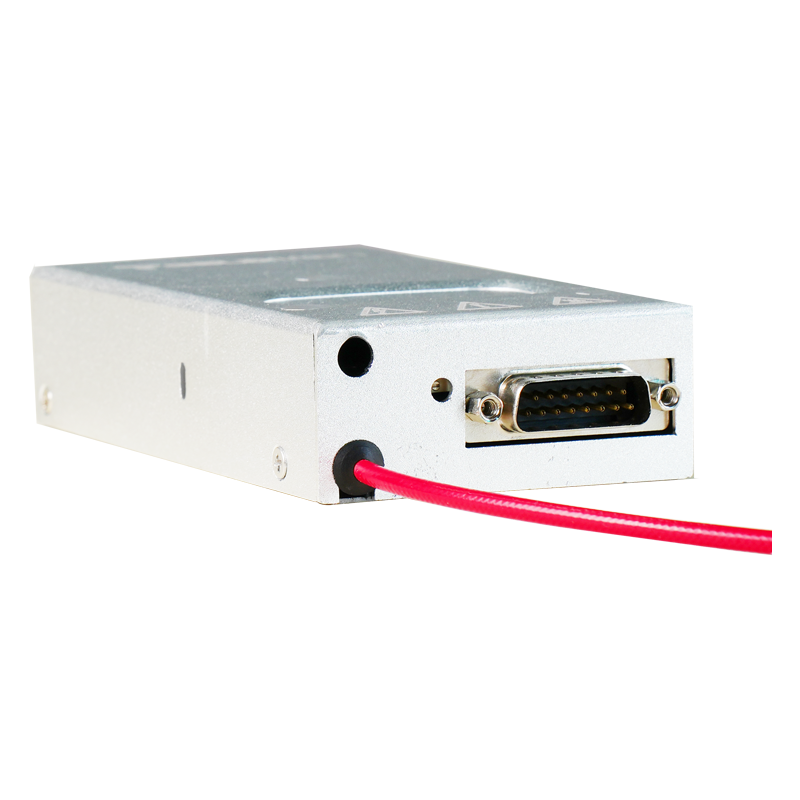Research on Output Stability Control of High-voltage Power Supplies for Electron Multipliers
The detection sensitivity and signal-to-noise ratio of electron multipliers are critically dependent on the output stability of high-voltage power supplies. Voltage fluctuations are exponentially amplified through multi-stage secondary electron emission processes, directly affecting gain consistency and dark current noise levels. This paper explores optimization mechanisms from three dimensions: dynamic voltage regulation, ripple suppression, and temperature compensation.
1. Impact of Voltage Stability on Gain Consistency
1. Static Voltage Fluctuation Suppression
Studies show that when static output voltage fluctuations exceed 0.05%, gain deviation in electron multipliers can reach 12%. A multistage linear regulation architecture with temperature-compensated voltage dividers restricts static fluctuations within ±20ppm, achieving 0.004%/℃ stability for spaceborne photomultipliers.
2. Dynamic Load Matching
Real-time monitoring of current-voltage characteristics through dynamic impedance matching algorithms enables adaptive compensation within 0.2ms, reducing gain fluctuations from ±8% to ±2% under vacuum variations (10^-3~10^-5 Pa).
2. Ripple Characteristics and Noise Transmission
1. High-frequency Ripple Suppression
LC-π composite filters with magnetic shielding reduce 100kHz+ ripple to below 0.005%, optimizing single-photon charge fluctuations from 18% to 5%.
2. Low-frequency Noise Cancellation
FPGA-based active cancellation systems inject inverse-phase signals to eliminate 1/f noise across 10Hz-1MHz, lowering dark current noise power by 62%.
3. Multi-physics Coupling Compensation
1. Temperature Drift Compensation
A bimetal temperature compensation electrode combined with PID control limits gain variation to ≤1.5% over -40~60℃, counteracting the -0.3%/℃ sensitivity of secondary emission coefficients.
2. EMI Shielding
Coaxial magnetic shielding and graded insulation structures attenuate external magnetic interference by 40dB, reducing 10MHz-band coupling noise to 0.1mV and improving gain stability to 99.97%.
4. Intelligent Control Integration
1. Adaptive PID Tuning
Genetic algorithm-optimized PID controllers achieve 50μs settling time with <0.8% overshoot during load transients, enhancing time resolution in pulse-counting modes.
2. Digital Twin Predictive Maintenance
Multi-physics modeling and big data analytics extend MTBF to 15,000 hours while reducing failure rates by 82% through dynode lifespan prediction.
Conclusion
Optimizing high-voltage power supply stability requires a coordinated control system addressing voltage, ripple, and temperature parameters. With wide-bandgap semiconductors and intelligent algorithms, future systems may achieve <0.001% voltage fluctuation and <0.001% ripple, enabling breakthroughs in single-particle detection and quantum sensing.




















